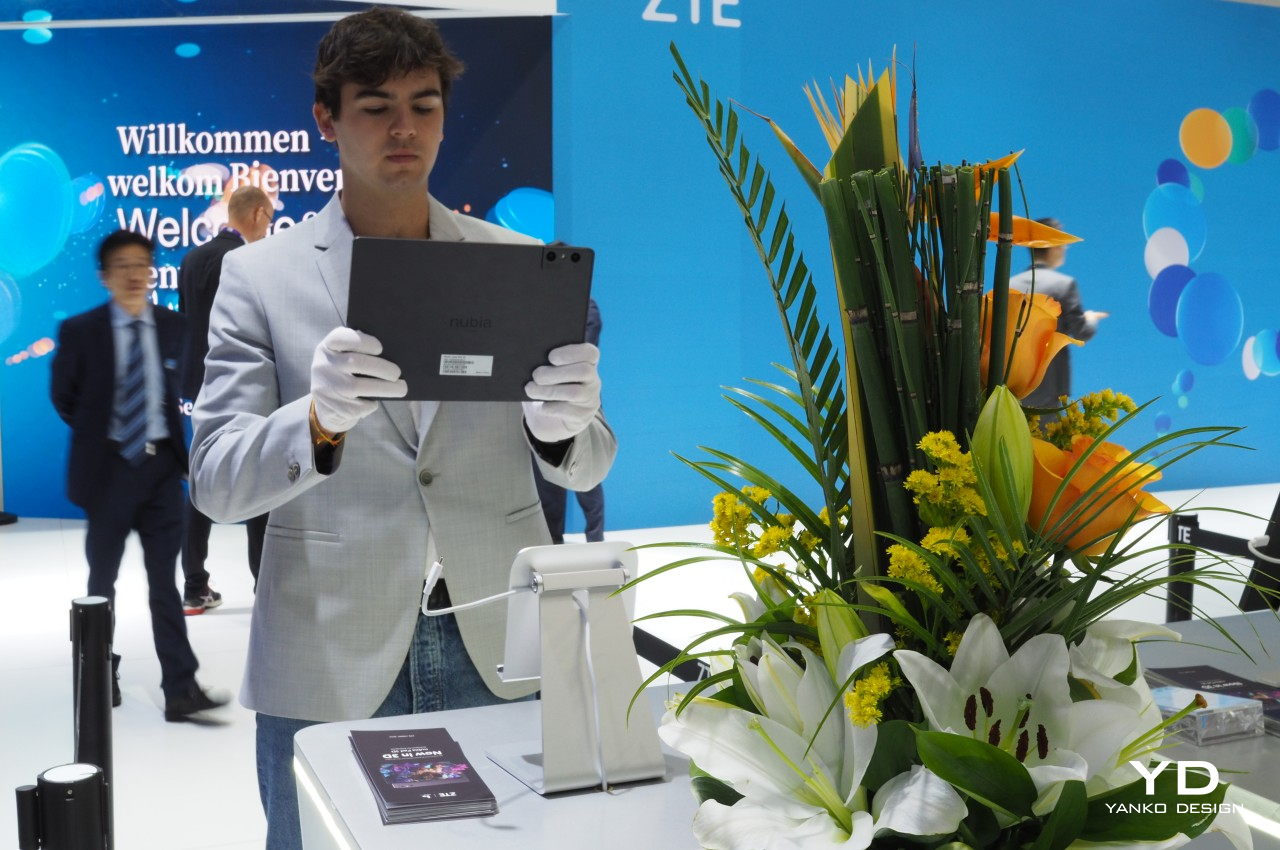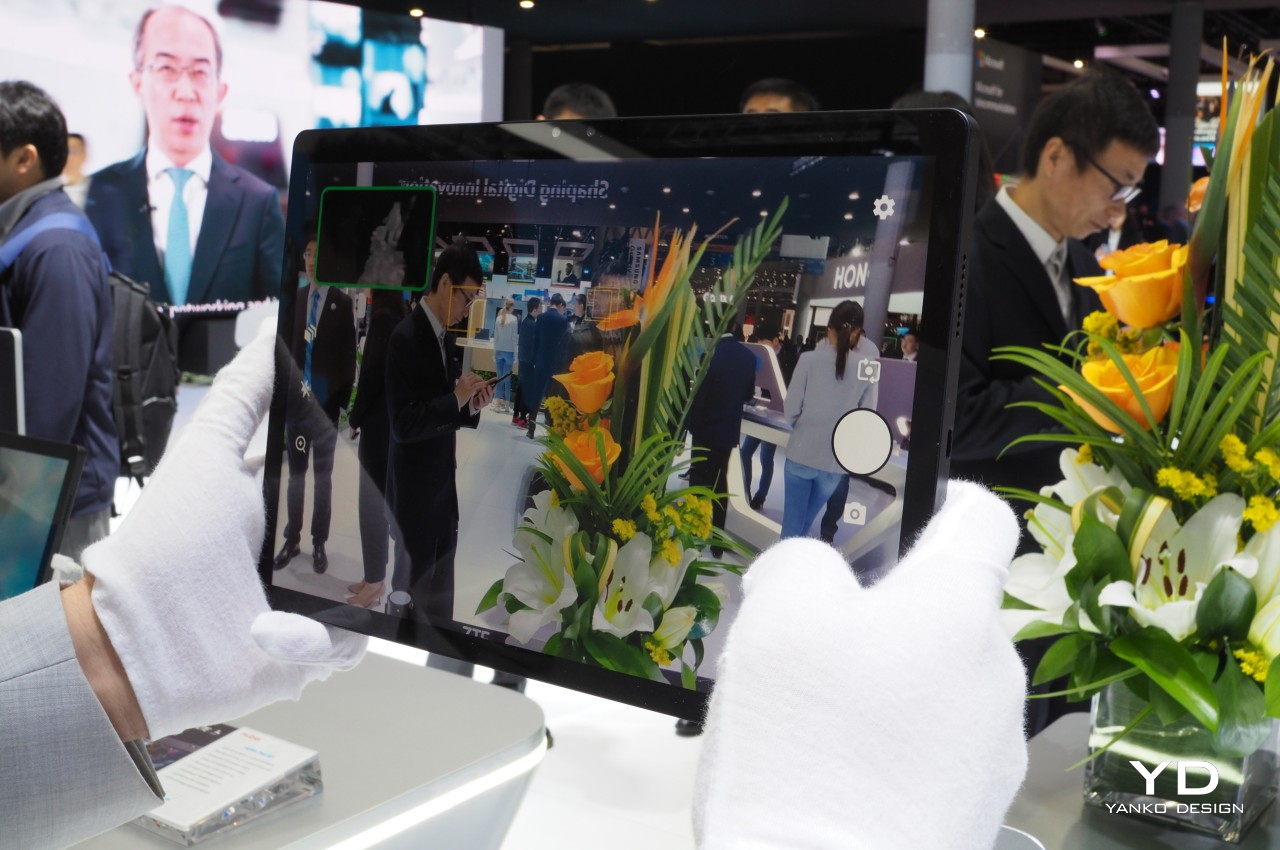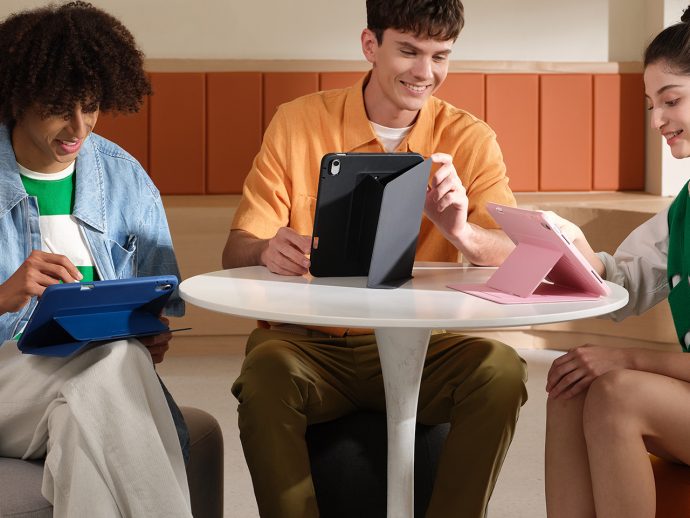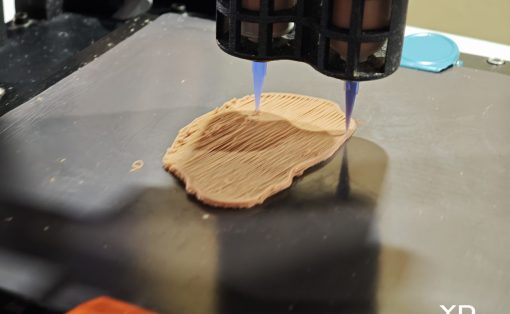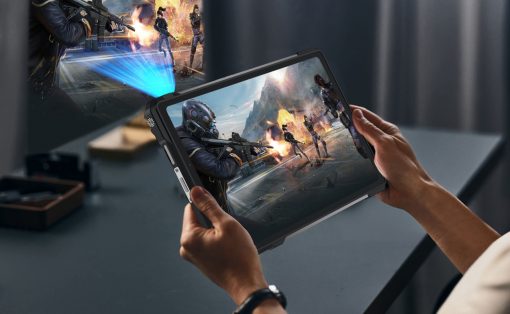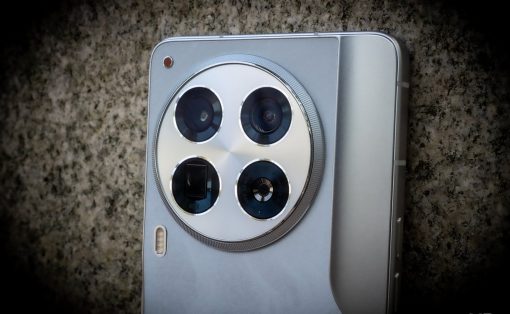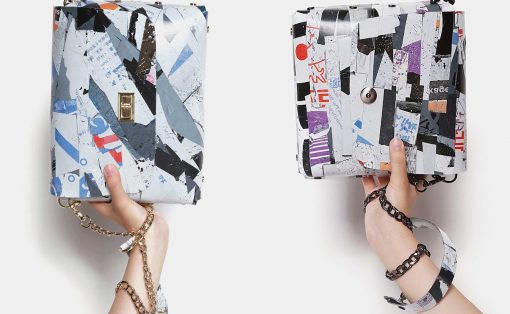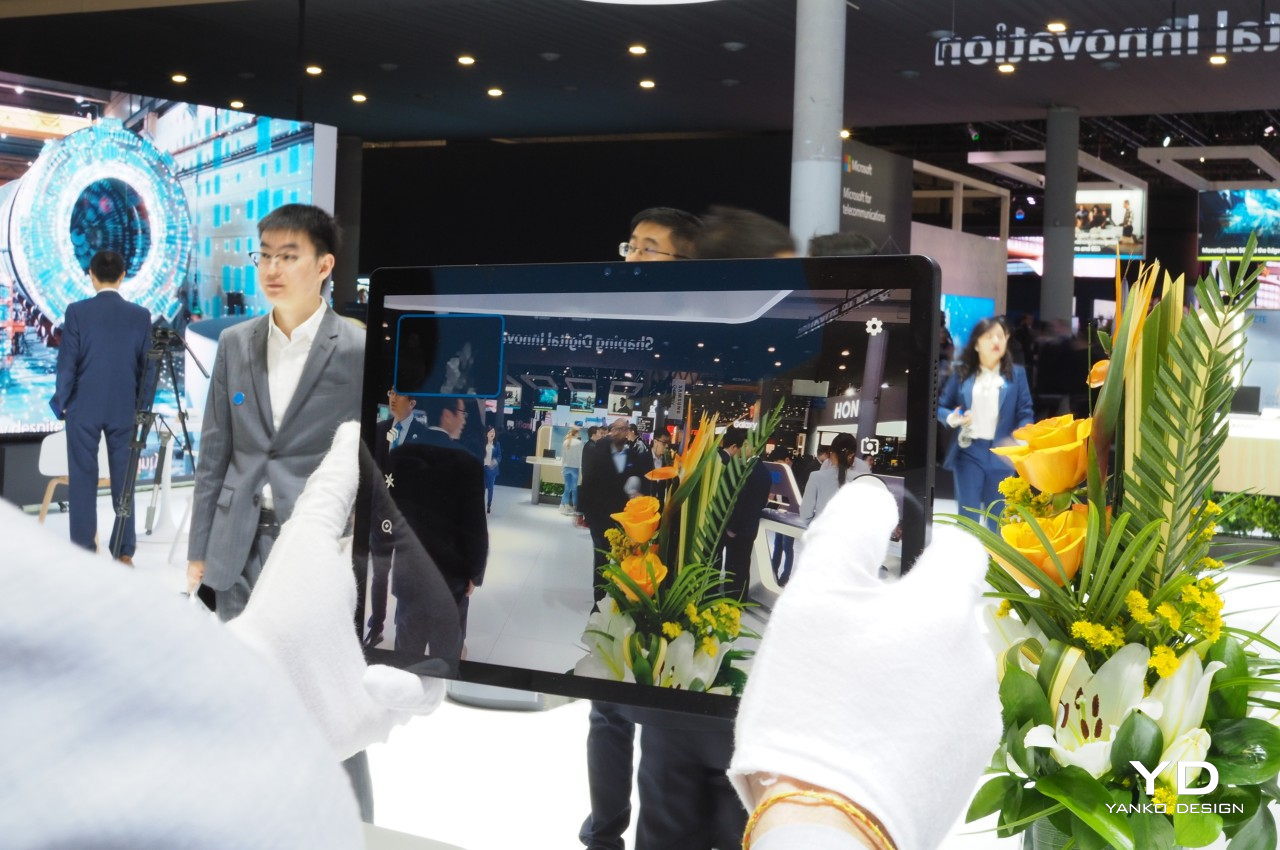
3D graphics and objects are becoming more prevalent in our modern lives, and not just because of their presence in movies and games. AR, VR, and everything in between all relies on the existence of virtual 3D objects to make their fabricated realities more believable. “Real” stereoscopic 3D, however, has had the stigma of requiring headgear or at least specialized eyewear to see, which was true only until recently. Some TVs and even some laptops have started offering the ability to view stereoscopic 3D without the eyewear, and ZTE nubia’s latest tablet is bringing that same experience to both content consumers as well as content creators in a more portable manner.
Designer: ZTE
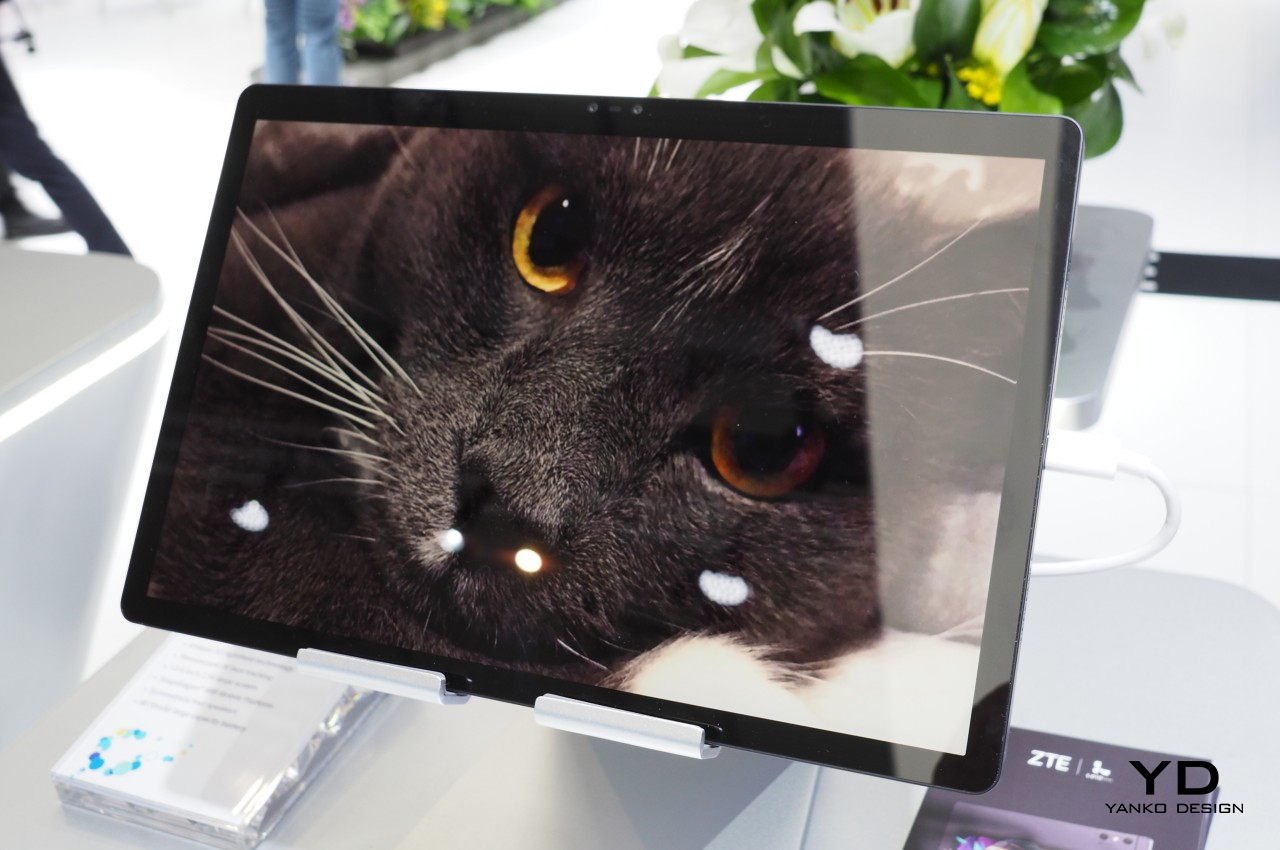
Because of the way our eyes are positioned, we are able to see an object from different angles, creating this perception of a three-dimensional figure. Stereoscopic 3D systems mimic that phenomenon by forcing our eyes to see different parts of a flat image, practically turning it into an illusion. The simplest way to make this happen is by using some sort of filter between our eyes and the projected image, which is basically how those 3D movie glasses work. Fortunately, it’s now possible to make that happen without wearing anything, thanks to advancements in technology.
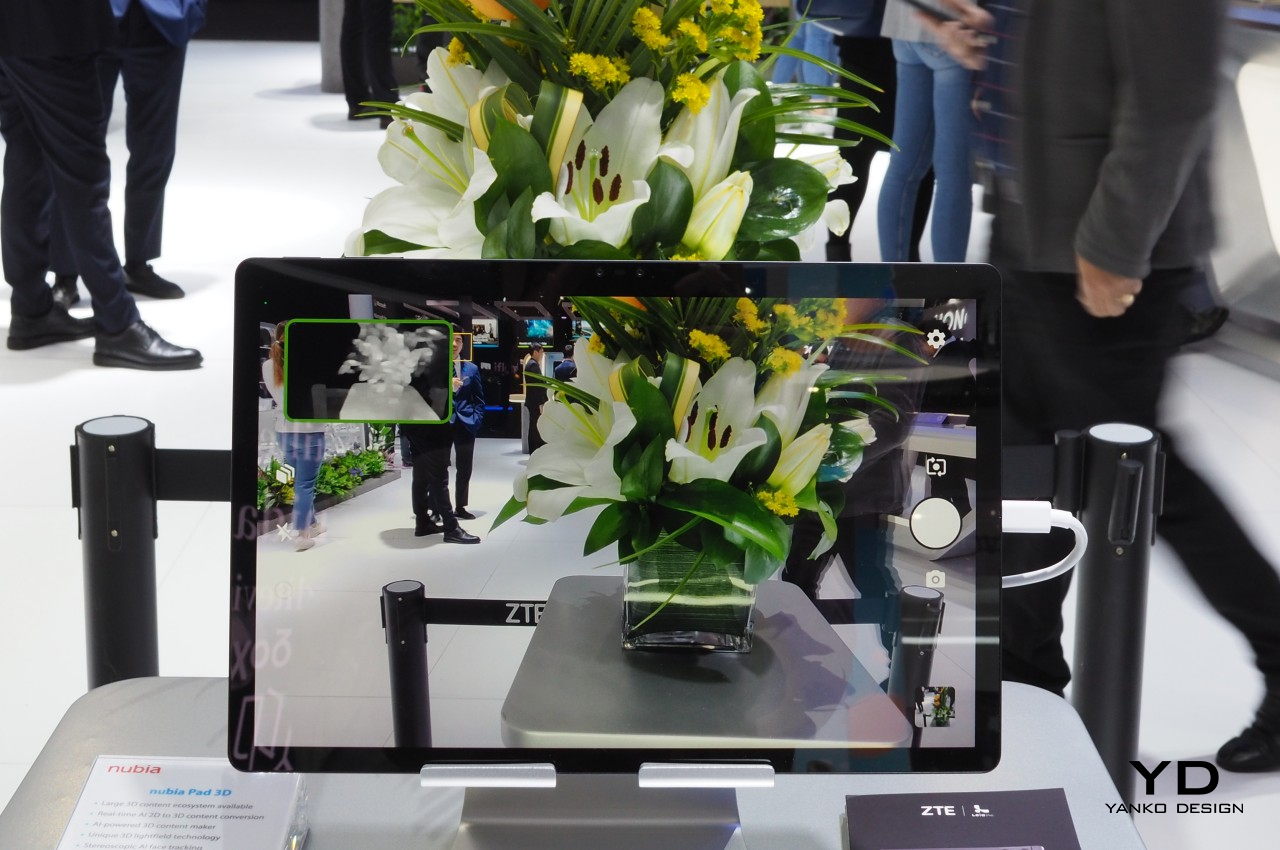
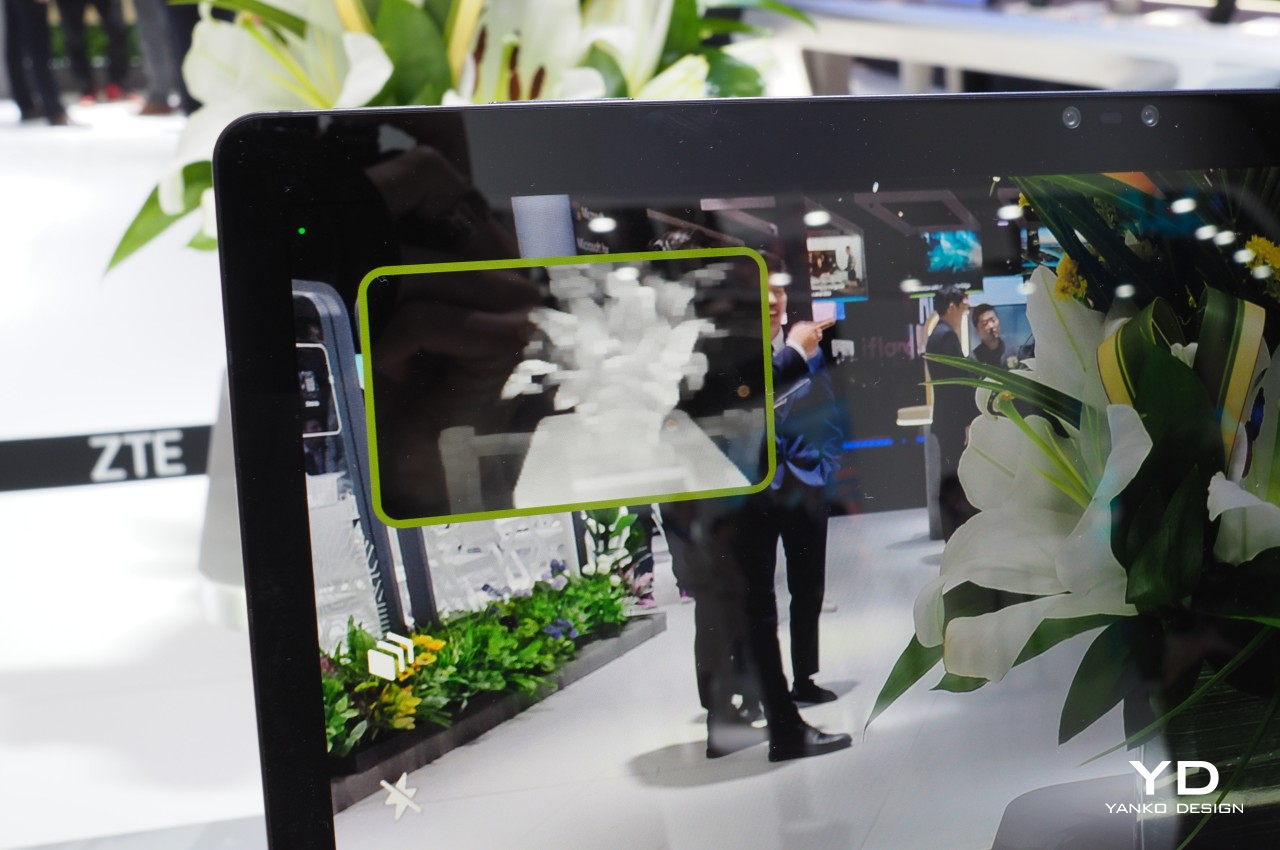
The ZTE nubia Pad 3D applies these principles using technology from a 3D company named Leia. If you’ve kept abreast with developments in this field, the technology might not sound that novel, but the partnership between ZTE and Leia does take things one step further. More than just display content created specifically for stereoscopic 3D viewing, the device can use AI to “convert” 2D content, like videos from streaming services, into a 3D experience, all in real time.
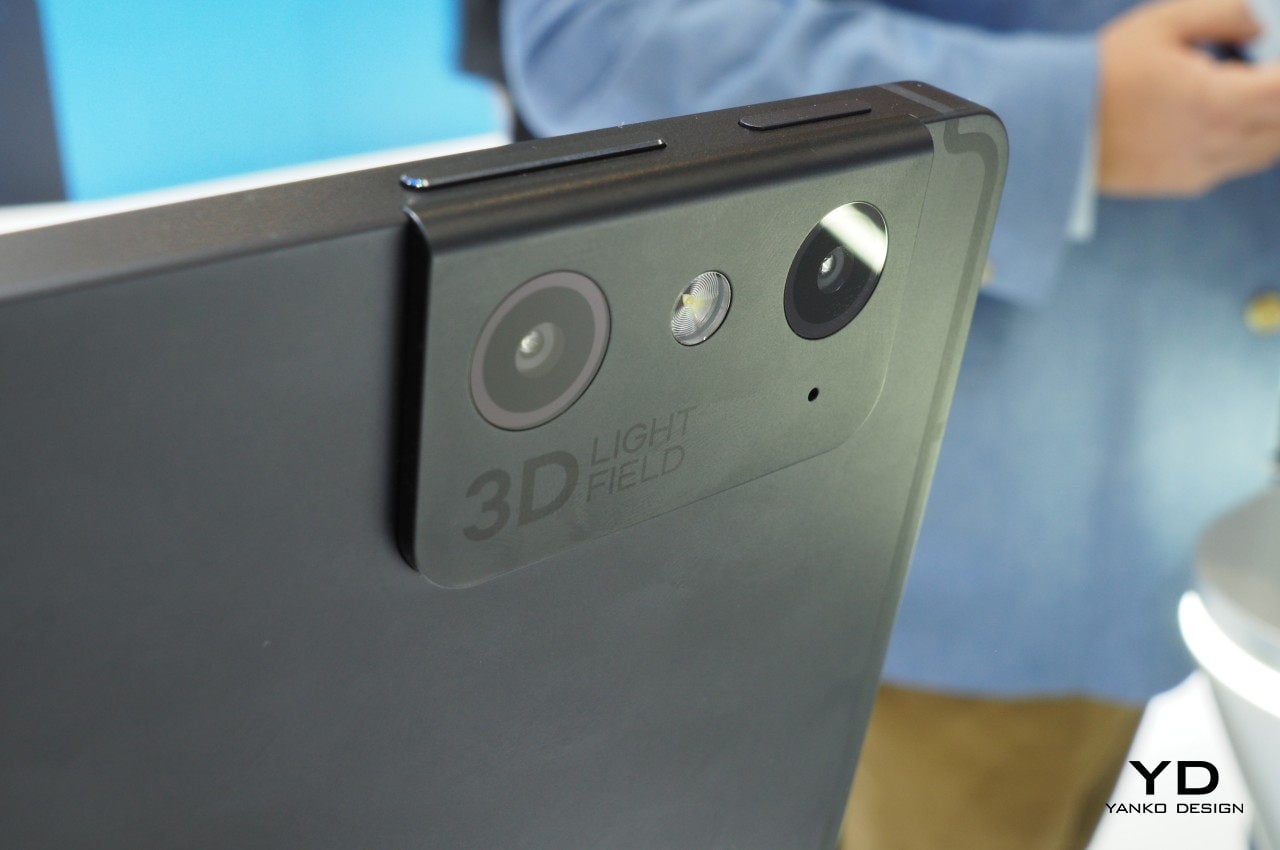
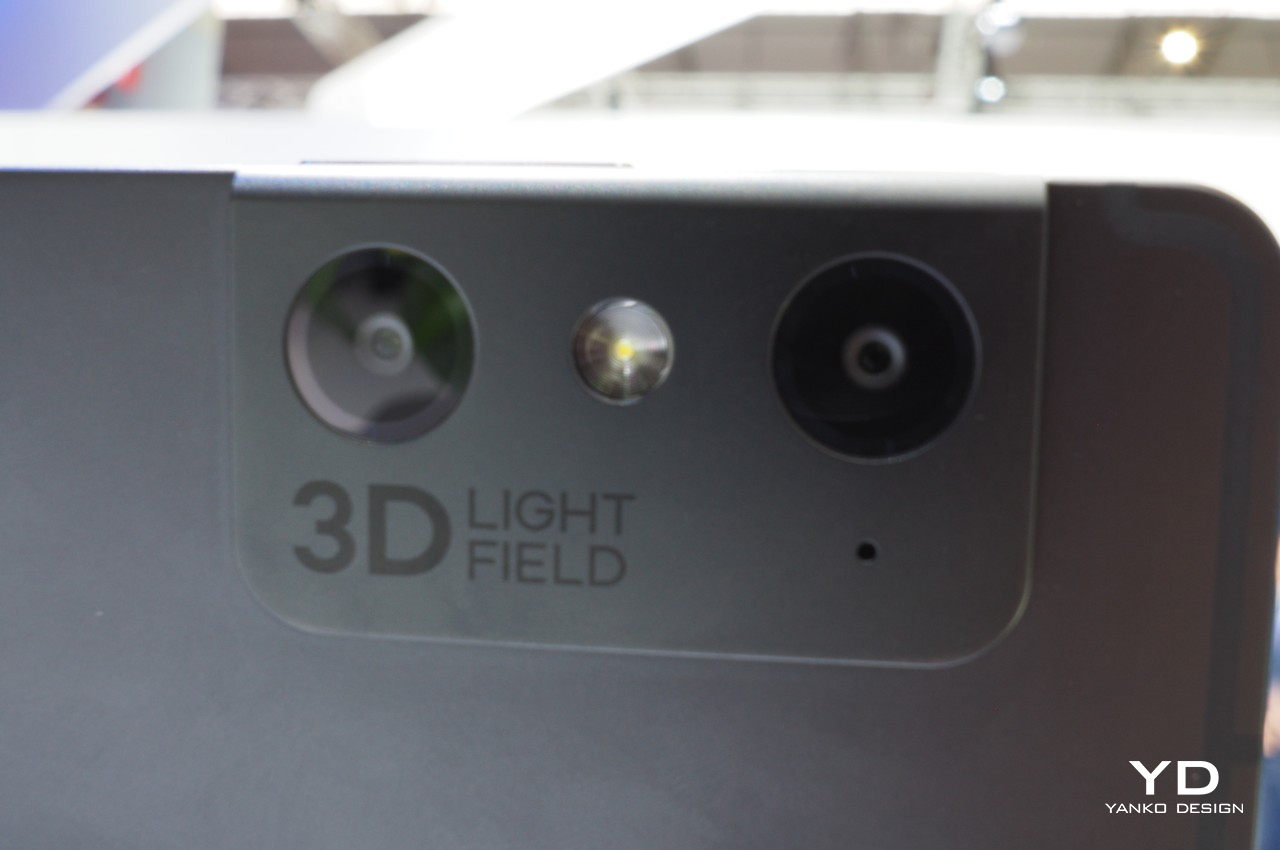
The tablet isn’t just made for viewing 3D content, though, since that would make it not too different from new “3D laptops.” It also comes with tools to create such stereoscopic 3D content, starting with dual 16MP cameras on the back and dual 8MP cameras on the front. The former helps in shooting and recording content in real 3D, while the latter can be used for making 3D video calls, presuming your platform of choice supports such a fancy thing.
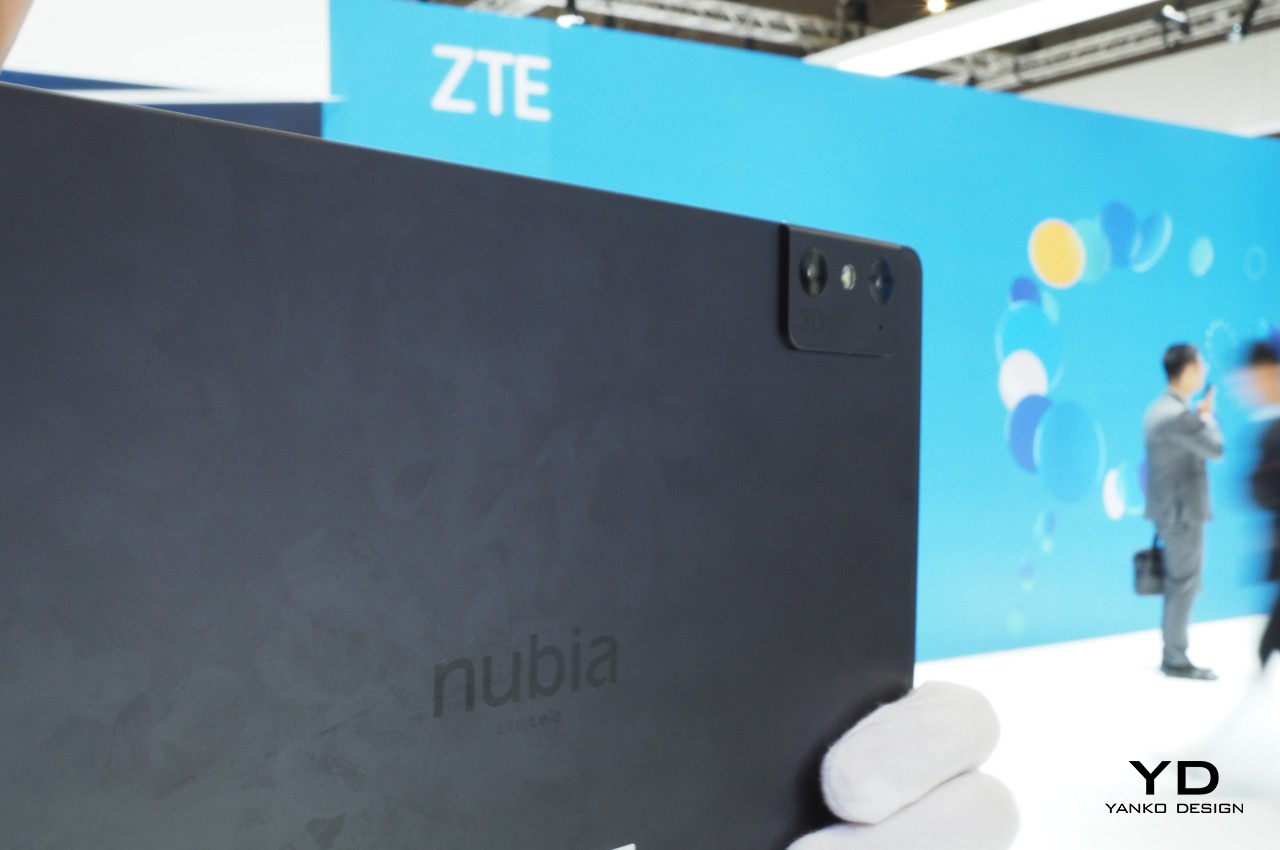
As a tablet, the nubia Pad 3D is somewhat caught in the middle of the old and the new, powered by a last-gen Qualcomm Snapdragon 888 processor. The large 12.4-inch 2.5K screen, however, offers enough space for comfortable viewing of content, whether 2D or 3D, while four corner Dolby surround sound speakers complete the entertainment package. The full metal body design of the tablet looks a tad too plain, save for the dual cameras popping up from the edge, but a vegan leather case could help make it look a little more stylish, especially when shooting that 3D film masterpiece.
